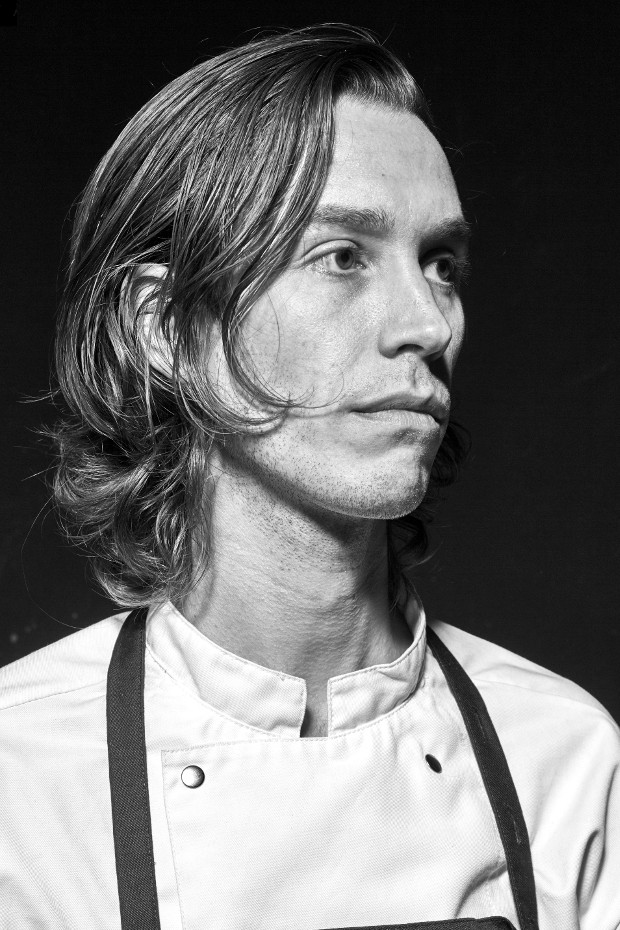
Fredrik Berselius on nature, food and Michelin stars
The founding chef of Aska in New York describes how he went from would-be architect to Michelin-star winner
Half way through his phone interview with Phaidon.com the young Swedish-born, New York-based, chef Fredrik Berselius pauses mid-answer and says, in a bewildered sort of way, “there’s so much stuff on today’s schedule I can’t begin to tell you.”
Berselius’s Brooklyn restaurant Aska has been awarded two Michelin stars, just a few months after reopening, following a drawn-out closure and relocation process. What small portion of his time isn’t occupied running Aska is now taken up with his forthcoming Phaidon book, which we will publish in the spring of 2018.
Ahead of that publication, we’re speaking to Fredrik (as well as fellow Phaidon signings Fabian Von Hauske and Jeremiah Stone of New York’s Contra restaurant) about their life, work and outlook.
How did this Swede – who once wanted to become an architect – come to lead so hectic a culinary life? Partly thanks to a love of nature, partly due to a true appreciation for cooking, yet also, as he explains in the following interview, partly because he understands that a restaurant is about “showing someone a good time.”
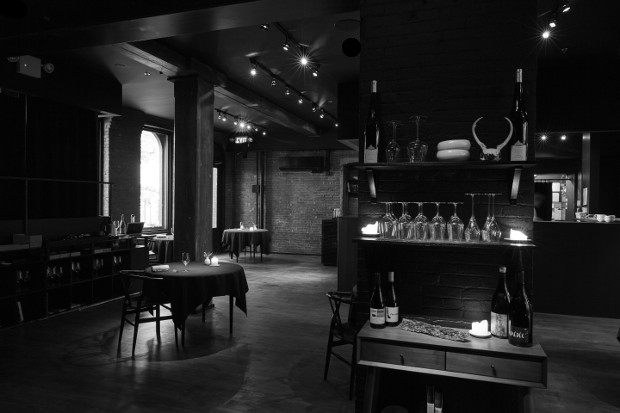
Congratulations on your Michelin stars. What do you think the inspectors saw in Aska? We try to make the best food we can, and I think that our new restaurant space and kitchen allows us to take the cooking and overall experience to another level than before. We’re definitely an ambitious restaurant, and also a risk-taking one, so being recognized in this way means so much.
You closed Aska back in 2014, and opened it in a new location in July 2016. What brought that about? To make a long story short, there was too much going on at the old location which didn’t align with what I wanted to do, because it was a multi-concept space. As a restaurant, we also felt that we could no longer grow into our full ambitions there. When I decided to move, I of course did not imagine it taking as long it did, but I learned a lot in the process. Opening a restaurant in New York is not for the faint of heart.
You kept the name, though. It means ‘ashes’, correct? Yes. Originally, I wanted to open a restaurant called Frej, which, in Norse mythology is the farmers’ god or god of harvest, and it also means ‘seed’ in Swedish.
That turned into a pop-up concept and was in the same space where we would go on to launch the first Aska. In Norse mythology Frej dies by being stabbed with a fire sword, and the whole world gets burnt down along with him. When I picture that, I picture a charred forest, carpeted in ashes, with all this new life waiting to burst forth. That’s what led me to the name Aska.
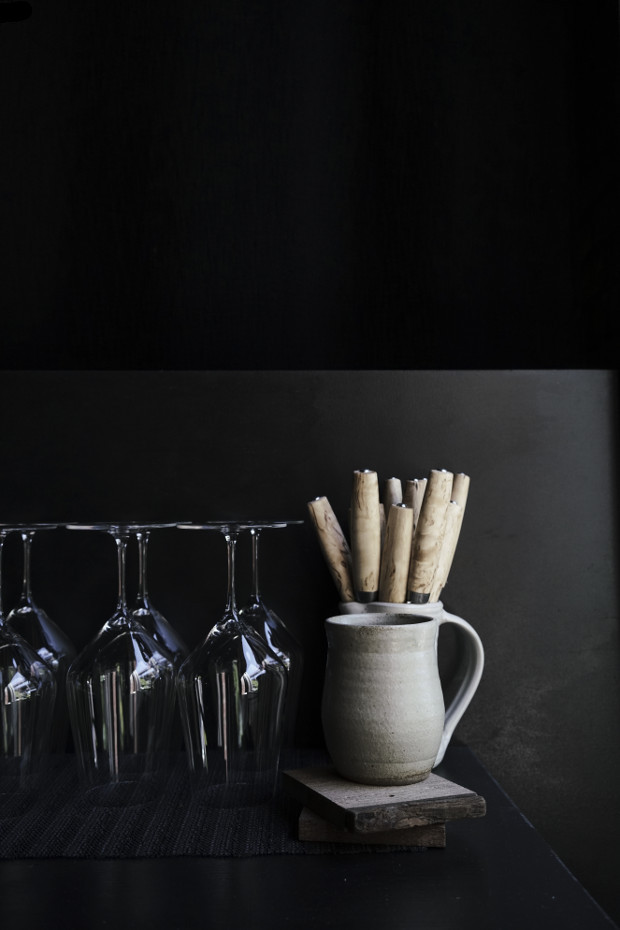
How did you become a chef? While growing up in Sweden, the thought of becoming a chef was never really on my radar, even though my mother was an amazing home cook. I was also highly influenced by my grandfather who I was very close to, and who shared his deep love of nature with me and taught me about wild foods. But after High School, I considered becoming an architect or working in design.
Then my sister moved to London to work in hospitality, and she opened up my eyes to the restaurant industry. As a teenager, I landed some temporary jobs in London kitchens. Then in 1999 I visited New York and fell in love with this city. Cooking represents so much to me, but I also really love the hospitality element of restaurants, which goes hand in hand. At the end of the day, it’s about showing someone a good time.
It’s interesting that you mention hospitality. That’s a huge part of running a restaurant, but you don’t hear chefs talk about it very often. I am always trying to consider the whole experience and put myself in the guest's shoes. That’s part of the reason why I wanted Aska to be the size that it is, because we can take really good care of our guests this way. We only have nine tables, which we don’t turn. We keep it small because we wanted to create an environment, where, for example, if a guest has booked a table at six, and they don’t show up at six pm sharp; they can still take their time, they can eat at their own pace. I want to have a place where we don’t have to compromise the experience just to turn a table.
You guys once served David Bowie. How was that? I just remember him and Iman coming in and everyone being star struck. They were a very kind and polite couple, which made it even better. They were very loving with one another and just seemed to enjoy each other’s company, and because they were so cool as guests we were just excited and happy to cook for them.
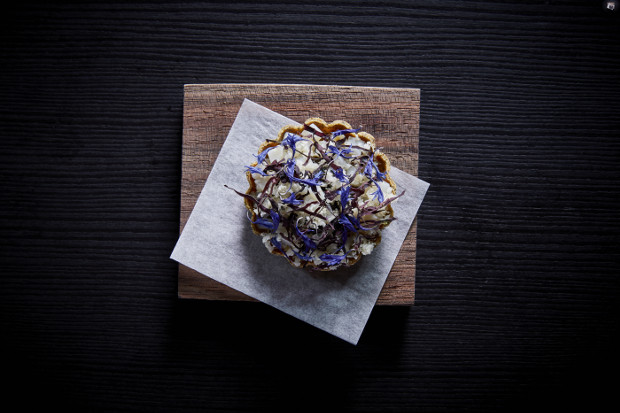
Nordic cuisine wasn’t that highly regarded when you started out, but now it’s really fashionable. Do you see yourself as a Nordic chef? Is the food served at Aska Nordic cookery? I’m not sure about the classification, in some cases it is relevant and some cases misses the mark. I am Swedish and a lot of the food I cook is based on memories and flavors connected to Sweden/Scandinavia, but we are here in New York and cook mainly with ingredients from this region. So I would say we are very much a New York restaurant but with Nordic roots. That relationship is very much present in the food and overall feel of the restaurant.
A lot of your ingredients are sourced locally, yet Aska is in Brooklyn, right beside the Williamsburg Bridge. Is that an easy place to get local ingredients? We have a small plot at a farm literally two minutes away where in the warmer months we grow a lot of the greens and herbs that we use at the restaurant on a daily basis. And then we source most of our ingredients from other farms primarily in the Catskills area where we have built close relationships with the farmers. You can drive for a relatively short distance outside of the city where there is an abundance of farmland and beautiful pristine nature. Most working people get stuck in the city, but there is incredible nature surrounding New York. It’s one of my favourite places in the world. I really wanted to have an environment where people could come to the restaurant, have dinner and hopefully be transported out of the city.
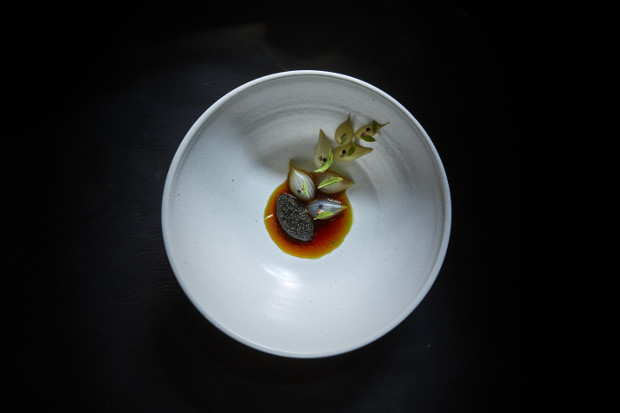
Is there one dish that really sums up what you’re trying to do? It’s a hard question, but currently there is one dish we have on the menu that’s made from lamb heart that has been cured, then grated, then burnt in the grass that grows on the hills in upstate New York. It’s a very small dish, but it’s served with an emulsion of pickled sunchoke. It was inspired by the rolling hills of Upstate New York. We have a small house out there, that’s surrounded by sheep and dairy farms. The inspiration for the dish came after watching the incredible fiery sunsets you get up there. You can imagine the sheep walking into the sun and catching fire.

You’re friends with fellow Swedish chef and Phaidon author, Magnus Nilsson. What do you make of his book The Nordic Cookbook? I have a lot of respect for Magnus and admire him a lot. We cooked together when he was over in New York promoting the book, and I think it is unbelievable; it’s such a big undertaking. He has a brilliant mind.
You’ve also been signed up to write a book for Phaidon. Yes, it’s going to be about the story of the restaurant through the ingredients we use and the overall experience we try to create, along with recipes for about 80 dishes. There will be a lot of New York in the book, and a bit of Sweden.
For more on Nordic cuisine, take a look at The Nordic Cookbook by Magnus Nilsson. Check back soon for more news on Fredrik’s book, and also our forthcoming interview with Jeremiah Stone and Fabian Von Hauske of New York’s Contra restaurant.